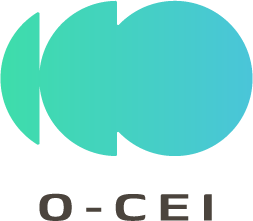Valencia, September 22nd, 2025 – The O-CEI project (Open CloudEdgeIoT Platform Uptake in Large Scale Cross-Domain Pilots), a Horizon Europe Innovation Action program, announces its first Open Call. This initiative invites small and medium-sized enterprises (SMEs) and startups to apply for €100,000 in funding to develop and test innovative Cloud-Edge-IoT computing solutions. The call for applications officially opened on September 19th, 2025, and will last for two months.
Through this Open Call, O-CEI will select 24 exceptional SMEs to integrate their Cloud-Edge-IoT applications and services into the O-CEI’s platform. Selected applicants will participate in a comprehensive seven-month support program that includes:
- Fixed amount of €100,000 (lump sum modality type 1-a)
- Direct responses to challenges, provided by relevant industrial actors
- Tailored technical and business mentoring
The interested companies can find more information on the project website: https://o-cei.eu/open-calls/
The Cloud-Edge-IoT (CEI) paradigm is a key driver of digital transformation, and O-CEI stands at the forefront of this evolution. The project aims to develop an open platform and blueprints for seamless data exchange across computing ecosystems, supporting a marketplace for digital assets like services, datasets, and AI models. The platform is built across 6 domains (Electricity, Agrifood, Mobility, Urban, Telco infrastructure, and Logistics), represented by eight large-scale pilots and 28 real-world scenarios.
“We are creating a robust and energy-efficient digital backbone that will benefit industries, citizens, and the environment,” said the project coordinator, Prof. Carlos Enrique Palau Salvador, from the Polytechnic University of Valencia. “Our first Open Call is a unique opportunity for European startups and SMEs to receive significant funding and also invaluable technical and business support to scale their innovative solutions.”
By fostering an ecosystem to accelerate innovation and adoption, O-CEI aims to establish new CEI standards and create viable business models. The project’s work will enable faster and more accurate predictions for energy flexibility, supporting a smoother transition toward a cleaner and more sustainable energy future.
O-CEI unites 58 partners from 19 countries, including leading industrial players, research organizations, academic institutions, SMEs, and non-profits, all collaborating to shape a resilient ecosystem and a competitive market for European businesses.
If you are interested in following the development of the O-CEI project, follow it on LinkedIn and Mastodon channels and visit the website.

